OpenAI CEO Sam Altman believes the next major developments in the AI sector will be more disruptive than most people expect.
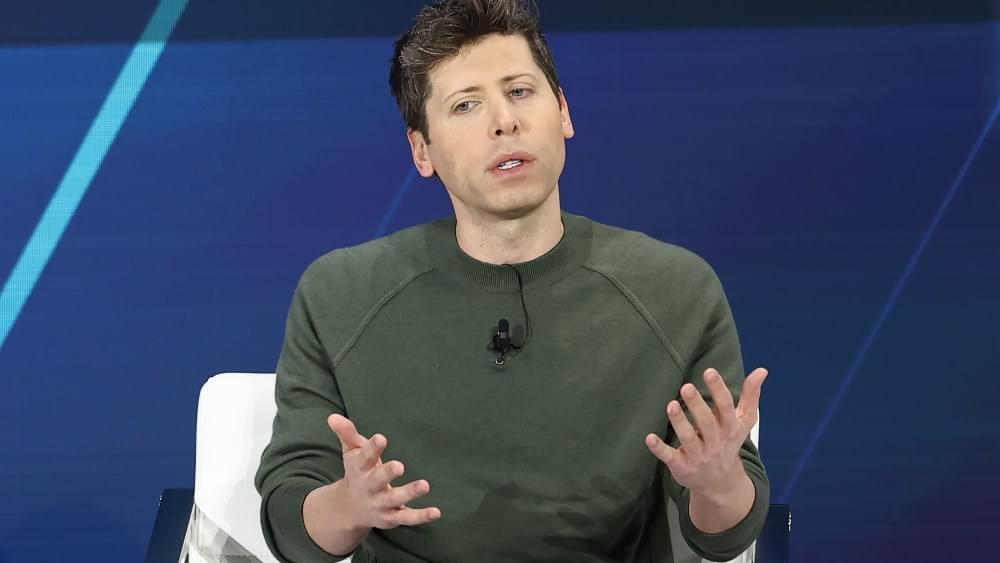

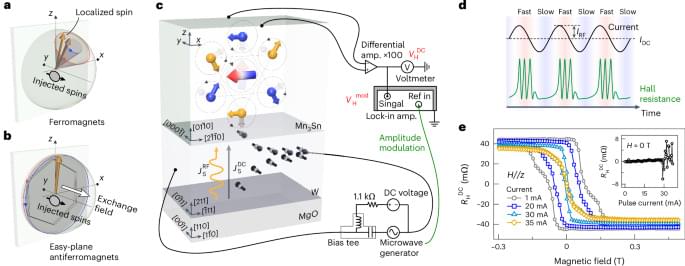
In a Mn3Sn/W epitaxial bilayer, spin–orbit torque induces the coherent rotation of spins, which can couple to microwave currents. Unlike in ferromagnets, the resulting conversion of AC current to DC voltage remains robust at higher frequencies, which may facilitate the development of high-speed electronic devices.
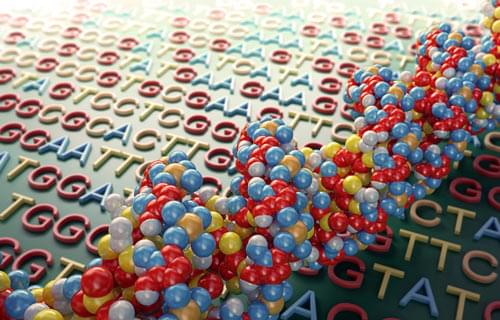
All DNA is prone to fragmentation, whether it is derived from a biological matrix or created during gene synthesis; thus, any DNA sample will contain a range of fragment sizes. To really exploit the true benefits of long read sequencing, it is necessary to remove these shorter fragments, which might other wise be sequenced preferentially.
DNA size selection can exclude short fragments, maximizing data yields by ensuring that those fragments with the most informational content are not blocked from accessing detection centers (for example, ZMWs) by shorter DNA fragments.
Next-generation size-selection solutions Starting with clean, appropriate-length fragments for HiFi reads can accelerate research by reducing the computation and data processing time needed post-sequencing. Ranger Technology from Yourgene Health is a patent-protected process for automating electrophoresis-based DNA analysis and size selection. Its fluorescence machine vision system and image analysis algorithms provide real-time interpretation of the DNA separation process.
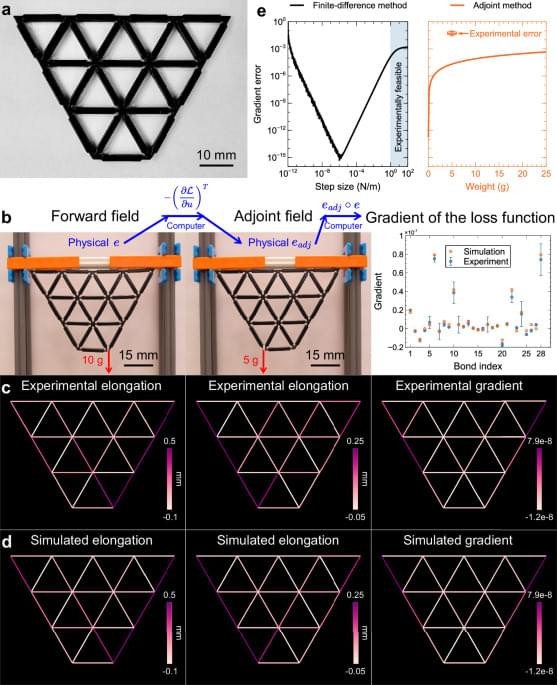
Another well-known method for physical learning is Equilibrium Propagation (EP), sharing similar procedure with coupled learning and being able to define the arbitrary differentiable loss function32. This method has been demonstrated in various physical systems, numerically in nonlinear resistor networks33 and coupled phase oscillators34, experimentally on Ising machines35.
So far, the MNNs based on the physical learning have been developed using the platform of origami structures28,36 and disordered networks29,37 to demonstrate machine learning through simulations. The experimental proposals involve using directed springs with variable stiffness38 and manually adjusting the rest length of springs31.
Here, we present a highly-efficient training protocol for MNNs through mechanical analogue of in situ backpropagation, derived from the adjoint variable method, in which theoretically the exact gradient can be obtained from only the local information. By using 3D-printed MNNs, we demonstrate the feasibility of obtaining the gradient of the loss function experimentally solely from the bond elongation of MNNs in only two steps, using local rules, with high accuracy. Besides, leveraging the obtained gradient, we showcase the successful training in simulations of a mechanical network for behaviors learning and various machine learning tasks, achieving high accuracy in both regression and Iris flower classification tasks. The trained MNNs are then validated both numerically and experimentally. In addition, we illustrate the retrainability of MNNs after switching tasks and damage, a feature that may inspire further inquiry into more robust and resilient design of MNNs.
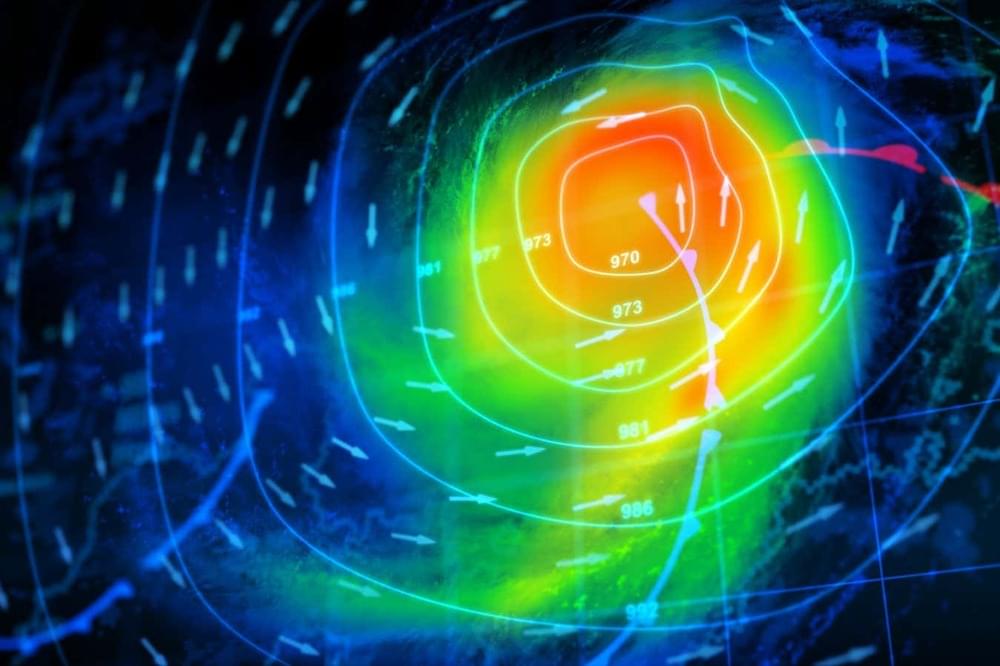
The latest weather forecasting AI model from Google DeepMind can beat the leading providers more than 97 per cent of the time, and it is quicker and cheaper to run.

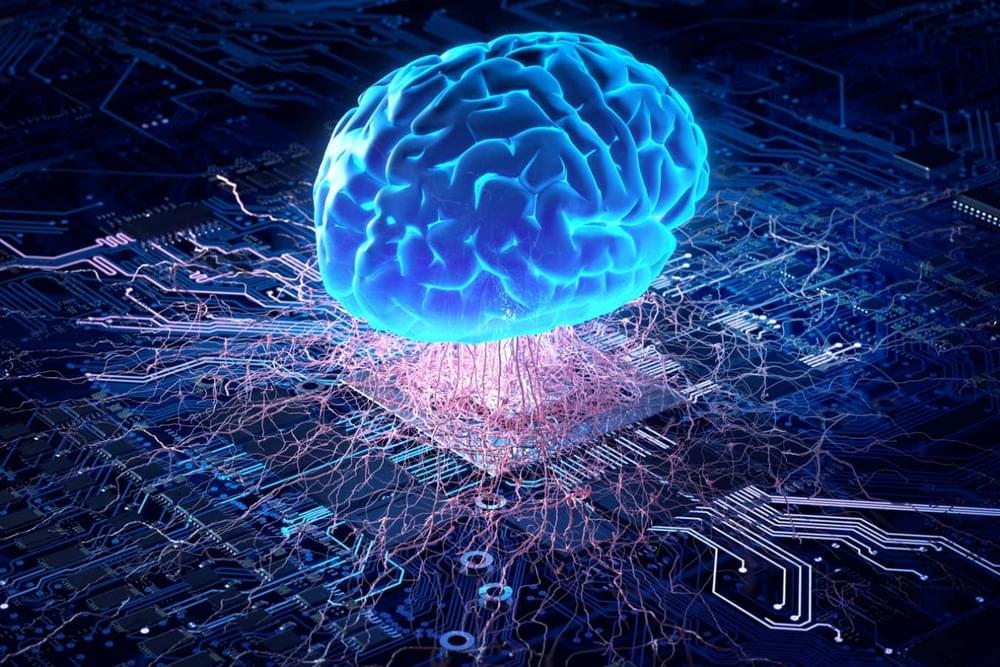

In August, the Food and Drug Administration (FDA) granted accelerated approval of Tecelra (afamitresgene autoleucel)— the first T-cell receptor therapy for solid tumors—for people with inoperable or metastatic synovial sarcoma. Tecelra is a gene therapy created from a patient’s own T cells. A sample of cells is removed and genetically modified to express a natural T-cell receptor that targets MAGE-A4, an antigen expressed on cancer cells. In the Phase II SPEARHEAD-1 trial, the overall response rate was 43%, and 39% of responders were still doing well a year later.
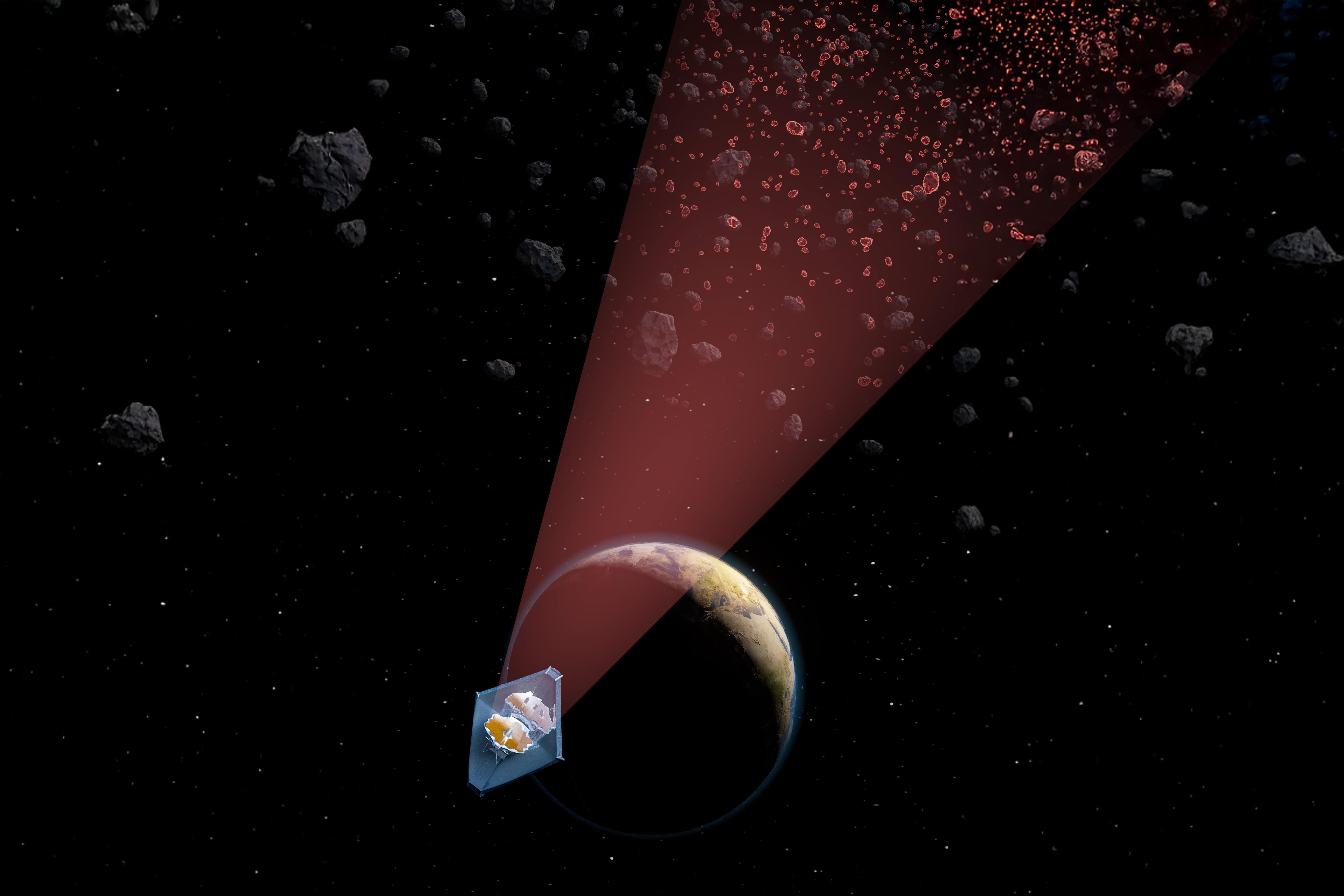
The asteroid that extinguished the dinosaurs is estimated to have been about 10 kilometers across. That’s about as wide as Brooklyn, New York. Such a massive impactor is predicted to hit Earth rarely, once every 100 million to 500 million years.
In contrast, much smaller asteroids, about the size of a bus, can strike Earth more frequently, every few years. These “decameter” asteroids, measuring just tens of meters across, are more likely to escape the main asteroid belt and migrate in to become near-Earth objects. If they make impact, these small but mighty space rocks can send shockwaves through entire regions, such as the 1908 impact in Tunguska, Siberia, and the 2013 asteroid that broke up in the sky over Chelyabinsk, Urals. Being able to observe decameter main-belt asteroids would provide a window into the origin of meteorites.
The team’s detection method, which identified 138 space rocks ranging from bus-to stadium-sized, could aid in tracking potential asteroid impactors.
Twitter co-founder Jack Dorsey arrives in Kenya.